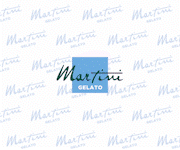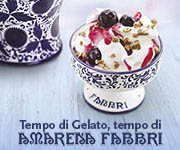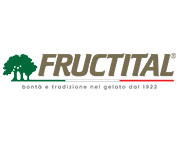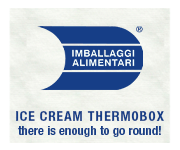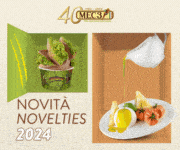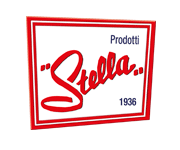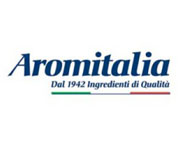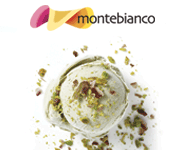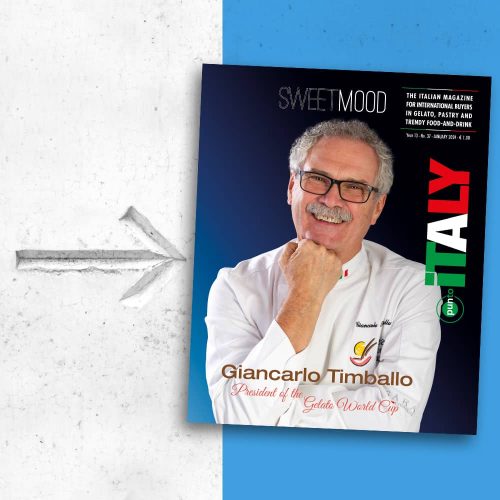Designer wineries
The bond between wineries and architecture has recently be-come much stronger, so much so that vineyards have become a destination for food & wine and cultural trips. Desired by cultured clients and built by famous architects, “designer wineries” often take advantage of traditional materials and re-purpose them for the sake of sustainability. The idea that a winery deserves its own archi-tecture which respects the environment has been consolidated. Vineyards are thus transformed into man-made landscapes, and wineries turned into work-spaces that are no longer sim-ple warehouses or sheds.
Today’s evolution
Until recently, it was believed that wine was produced only by farmers. Then, the impor-tance of the enologist was emphasized, and today, it is understood that also the architect contributes to the suc-cess of a great wine. Indeed, the transformation of a prod-uct which comes from the land is a cultural act. Specifically, it is the architect who promotes the communication between the producer and the custom-er. The architect must know how to talk about time. He or she must know how to bring a thousand-year old culture into the present while respecting its history.
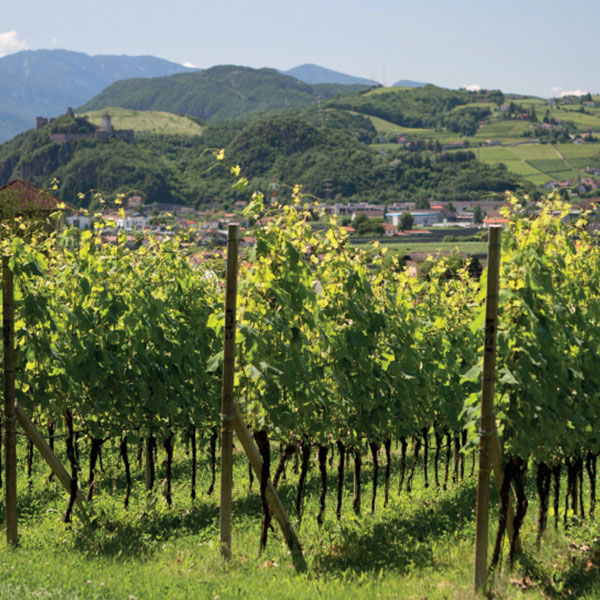
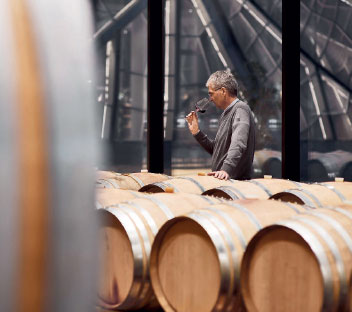
The last frontier
Following the search for fa-mous architects for the build-ing of wineries that were sup-posed to become works of art, there has been a new trend in the past few years: building wineries that are harmonious with the surrounding land-scape and that respect nature. It is occurring more frequently that a winery transforms itself into a historic testimony of the various phases it has endured in order to be able to produce the wine that you are tasting in the glass. We propose a brief journey through the vineyards that stand out for their origi-nal choices on how they pres-ent themselves to the curious eyes of wine lovers, who are more and more attentive to the history and to the cultur-al and ethical choices of the company. “Designer wineries” is a broad definition. Today, it means a structure that has been designed by an architect that uses his/her talent to cre-ate a type of monument dedi-cated to nature, or a complex built from the history of the winery, which takes on the role of narrator, recounting its evo-lution. After having overcome the search for the famous ar-chitect, the next step for many companies is the orientation towards the choice to build wineries that are in harmo-ny with nature, where wine rhymes with sustainability. Here are a few examples from the past, present and future.
Cantina Tramin
Art and environment
Founded in 1889 by Christian Schrott, the parish priest of Tra-min and member of the Austrian Parliament, Cantina Tramin is among the oldest cooperatives in the South Tyrol region.
The new headquarters, inaugurated in 2010, consistently express-es its life and work philosophy of its 290 producers: precision, dedication, trust and creativity. The winery is an architectur-al synthesis where past and future, wood and iron, glass and cement, transparency and darkness, all live together. The award-winning project, signed by Werner Tscholl, knew how to insert the new design onto the original structure of the winery without overtaking even one meter of the land from the vineyards.
The structure blends harmoniously with the sur-rounding environment.
There are two long green branches that extend from the pre-existing structure, which contain the wine shop and the tasting room.
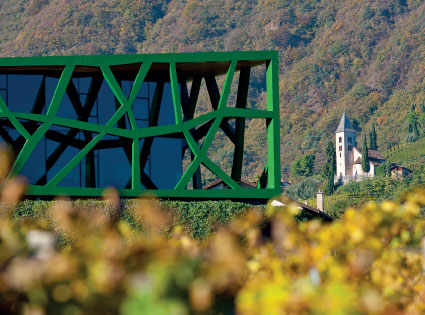
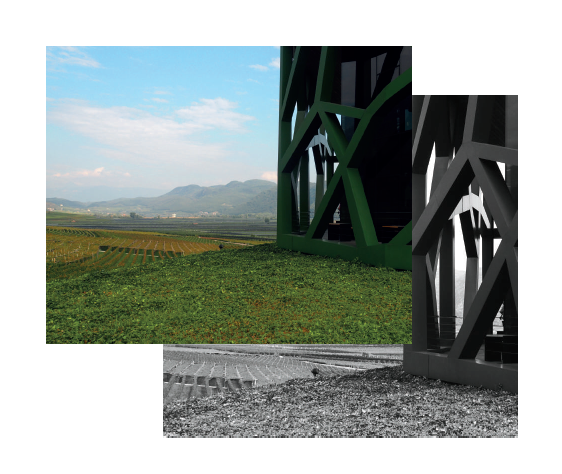
There is a bright bubble suspended between the sky and the land, which allow the visitors to enjoy the experience with all of their senses. Werner Tscholl describes the idea from which the project was born.
It is the vine, in its morphology and its function on the land.
The structure is a sculpture: a work capable of indicating the presence and the mission of the winery.
Its iconic impact is tied to the environment, but it wants to stand out, uniting metal, ce-ment and glass.
Gravner.
History is the protagonist
A true designer winery: it is very particular, and the architect is the history. In order the under-stand its value, we need to take a quick trip back in time. Here, past and present indeed meet, sketching out together a prom-ising future.
The “Azienda Agricola Gravner” was established in 1901, with the purchase of 2.5 hectares of land with a house. After a few years, it becomes known as the small town “Lenzuolo Bianco di Oslavia,” (literally translat-ed “White sheet of Oslavia”).
During WWI, the entire civil population of the Gorizia was evacuated. The house was used by the Red Cross as a first aid station. In 1919, the vineyards were replanted, which were mainly Ribolla. The wine that was produced was sold most-ly in the family restaurant, or in bulk.
Starting in the 1950s, the large wooden barrels were replaced first with cement vats, then with steel vats. In 1974, for the first time, the wine was bottled. During the 1980s, Francesco, known by everyone as Joško, started to handle the business matters. He was the one who decided change direc-tions, and he started to apply both in the vineyard and in the winery what he had learned at school, disowning the teach-ings of his father and his un-cle.
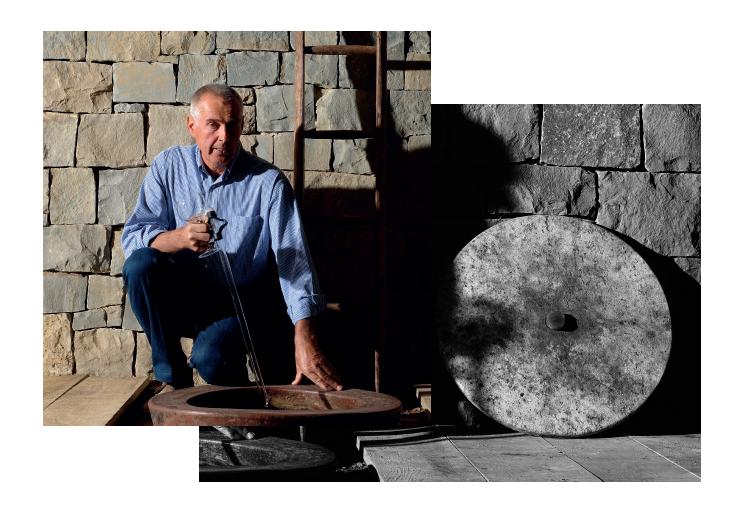
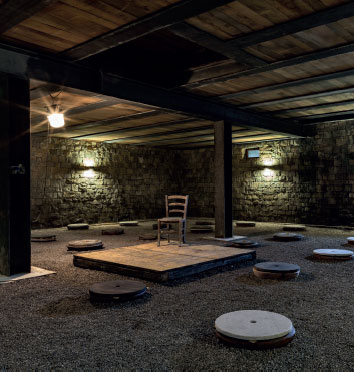
Fermentation in steel vats, and aging and fermentation in French barriques started and continued on until the first half of the 1990s. In ’96, there are two disastrous hailstorms, which destroy 95% of the year-ly production. They were mo-ments of distress, but also for reflection. The small quantity of grapes that were harvested were used by Joško in the first trials of maceration of the Ri-bolla grape. Since 1997, all of the wines are macerated in large wooden vats, without any temperature control, for a time period that goes from one to two weeks. In 2001, there is a new development: fermentation in amphoras. Joško decides to use the clas-sic Caucasus method, from the Kakheti area, which fore-sees large amphoras in ter-racotta placed underground. Today, the winery is just that: without modern technology and without special effects. It is a space that contains am-phoras originated from the Caucasus region, cradled by the earth.
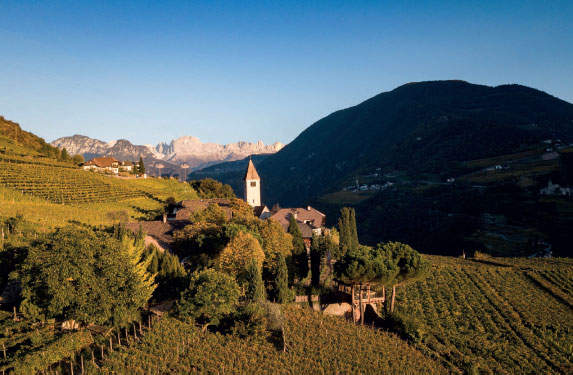
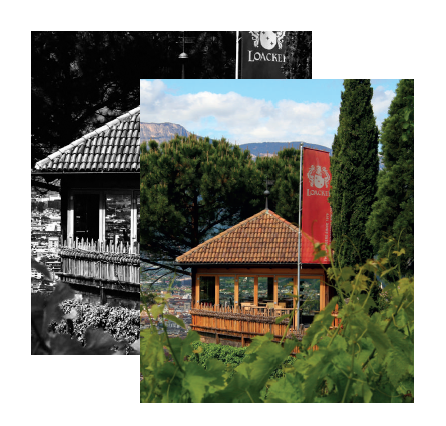
Loacker Wine Estates.
The triumph of green building
The Loacker wineries are particularly import-ant. They have a small footprint thanks to the principals of green building. Rainer Loacker, the entrepreneur of the family known for their wafer dynasty, has tried to eliminate chemi-cals in his vineyards (at least in the vineyards location in the Bolzano and Dolomites Consor-tium areas). After distinguishing himself for his choice to use homeopathic and bio-dynamic techniques in wine production, he decided to establish wineries in Sud Tyrol, Montalcino and Maremma, all of which respect nature. The goal has always been to produce wine without the intervention of synthetic products. Sulphur and copper are used in small concentrations, whereas to fight the negative effects of freezes, heatwaves and other weather-caused hard-ships, the vines are supported with homeo-pathic remedies. Other plants are placed in the vineyard to improve the terrain’s habitat. The Loacker wineries demonstrate that it is pos-sible to win the gamble of producing excellent wines with homeopathic approaches and with the bio-dynamic philosophy, while creating win-eries with green building materials.
Cantine Gori.
Green innovation
The Cantine Gori have always respected the environment, so much so that this year, af-ter three years of conversion, they will be certified organic.
The architectural style created by the architect duo Massimo Bertolano and Giovanni Croatto is surprising.
The main house is erected on the hillside which dominates Nimis, It is united in a single body with the wine cel-lar.
The building is constructed in four stories, two of which are underground in the hillside.
The first underground story “encloses” the wine cellar, its production area and the tasting area.
The second underground story is destined for the aging of wine in wooden Barriques. The first and second floors are the family’s home.
The north side represents the metaphor of a medieval bastion.
The south side exalts transparency and blends harmoniously with the panorama of the valley. The interiors are welcoming, which are an expression of the Gori family’s personality.
“Objets trouvés” are alternat-ed with more contemporary elements. Remuage2.0 is to be admired: it is an innovative system for the preparation of “Méthode Champenoise” wines (or in Italian, “metodo classico”).
It is a revolutionary way to simplify the “Remuage” (Riddling) operations, which still respects the time periods that the wine requires.
The “tool,” which is also a designer object, has an upper pivot that allows for the inclination to be adjusted, whereas the central bracket allows for the manage-ment of the inclination and of the rotation.
The side wheels move the basket along its axis based on the desired rotation. It is worth noting that the win-ery was designed to use gravity for moving must and for trans-ferring wine.
It has therefore limited the use of mechanical pumps, making for a more nat-ural product that has less im-pact on the environment.
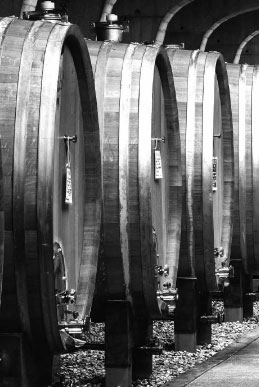
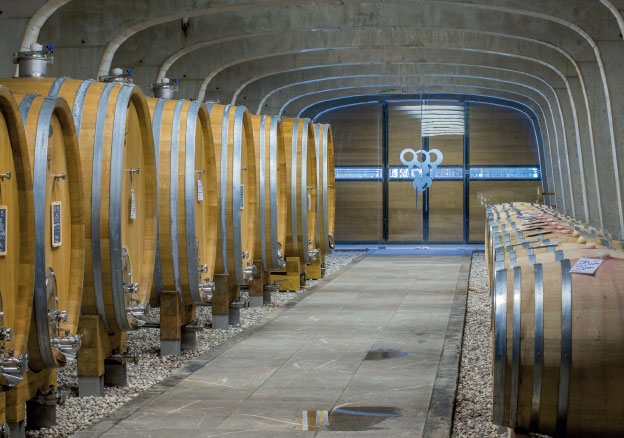
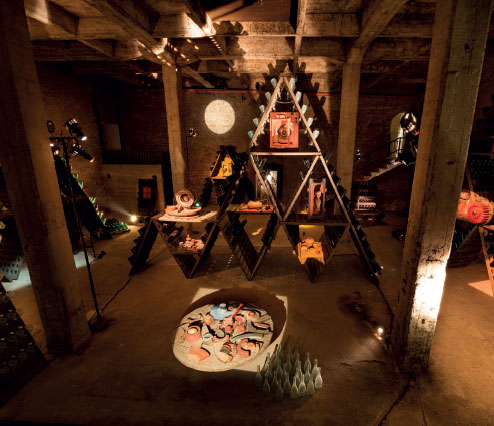
Cantine Bosca.
A game of light and music
In 2015, on the occasion of the International Year of Light promoted by UNESCO, the Can-tine Bosca literally revolutionized their his-toric wineries with a permanent installation of music and lights. During the tour, visitors are guided by intriguing stories of lights and sounds that transport them to unexpected discovers traveling from setting to setting, up until they reach the enormous room dedicat-ed to art and music. It leaves them stunned by the architectural and artistic audacity and by the beauty of the opera arias that are released under the historic vaults. The partnership with light was renewed in 2018, with the patronage of the International Day of Light, declared by UNESCO to be May 16th. While the wine rests and transforms into sparkling wine, all year round in the Underground Cathedrals there are meetings, concerts, cocktail parties, ex-hibitions, awards, fashion shows, parties and conferences, where the bubbles, which create happiness and give flavour to all of the events, are the true protagonists.
Spiritual destinations
The Underground Cathedrals of Canelli are a complex of historic underground win-eries located meters and meters below the ground which extend for the entire city lo-cated in the province of Asti. They are con-sidered masterpieces of architecture and engineering, and they are truly a unique feature of the wine history of the Piedmont region. The long tunnels and the large, vaulted rooms with brick pillars are an in-credible and unparalleled maze of streets. As an example of the dedication to wine in this region, which is proven by the excellent Asti Spumante and Moscato d’Asti wines, UNESCO has recognized them as World Heritage. Around about the 16th century, the inhabitants of Canelli started to dig into the “tufo” (tuff) rock that makes up the foundation of the village, carving out the underground spaces to store the wine. The tunnels that were created were perfectly and naturally isolated, making the ideal space to produce and store wine. Later, in the 19th century, with the expansion of the sparkling wine market, the underground wine cellars were expanded to contain more and more barrels and riddling racks (“pupitres”). Even though there are nu-merous tunnels dug into the foundation of the town, only the historic wineries which can currently be visited, Bosca, Gancia, Contratto and Coppo, are identified as the Underground Cathedrals. This is also due to their extensive spaces along with their beauty, where the impressive vaults and the immensity of the spaces make them unique in the world. These four oldest sparkling wine houses also have a histor-ical and cultural importance, which they have fulfilled throughout the decades and in the history of sparkling wine in Pied-mont. The Bosca and Gancia families, pro-ducers of sparkling wine since the first half of the 1800s, started a project which ob-tained the acknowledgment of the vineyard landscapes of Langhe-Roero and Mon-ferrato, which is the 50th UNESCO World Heritage site in Italy. This acknowledgment was given in 2014, and it has identified the uniqueness of the decades-long relation-ship between wine making and the wine industry in these territories.
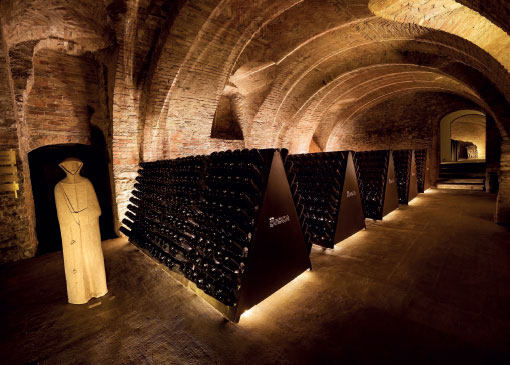
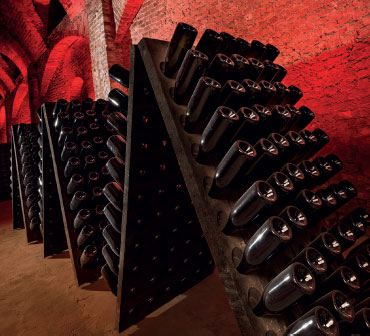
Recent Blog Posts
 Medac and AIFA: Hip hip hooray for Charles!
Medac and AIFA: Hip hip hooray for Charles! Sigep 2024 - Carpigiani’s special events with a look at the “green” future of Gelato and pastry
Sigep 2024 - Carpigiani’s special events with a look at the “green” future of Gelato and pastry Maurizio Manzi, as Ambassador for AIG, at the Melbourne Italian Festa
Maurizio Manzi, as Ambassador for AIG, at the Melbourne Italian Festa Medac awarded with the EcoVadis gold medal
Medac awarded with the EcoVadis gold medal MIG Longarone and SIRHA Budapest: a new dynamic space for italian gelato
MIG Longarone and SIRHA Budapest: a new dynamic space for italian gelato Medac supports Alice Italian Food Academy
Medac supports Alice Italian Food Academy The Gelatissimo 2024 online ticket office is officially open.
The Gelatissimo 2024 online ticket office is officially open. Casa Optima Group looks for two exclusive agents
Casa Optima Group looks for two exclusive agents Gelatissimo 2024: here the first information
Gelatissimo 2024: here the first information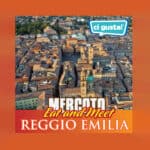 Ci Gusta opens a new store into the “Il Mercato Eat&Meet” in Reggio Emilia
Ci Gusta opens a new store into the “Il Mercato Eat&Meet” in Reggio Emilia

